Indepth Review of Zemax Optical Models of the Human Eye
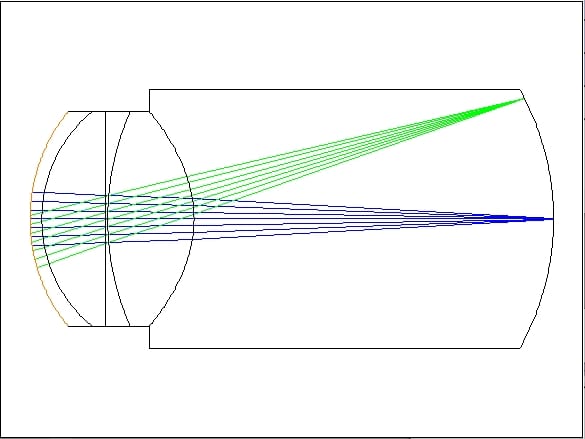
The human eye is a complex optical system that is a bit different for every person and even the same person as they age. This creates challenges for optical engineers trying to simulate and analyze the eye’s performance under different conditions. This blog post delves into the findings from recent analyses of different optical models […]
Laser and Adaptive Headlight Tech Explained
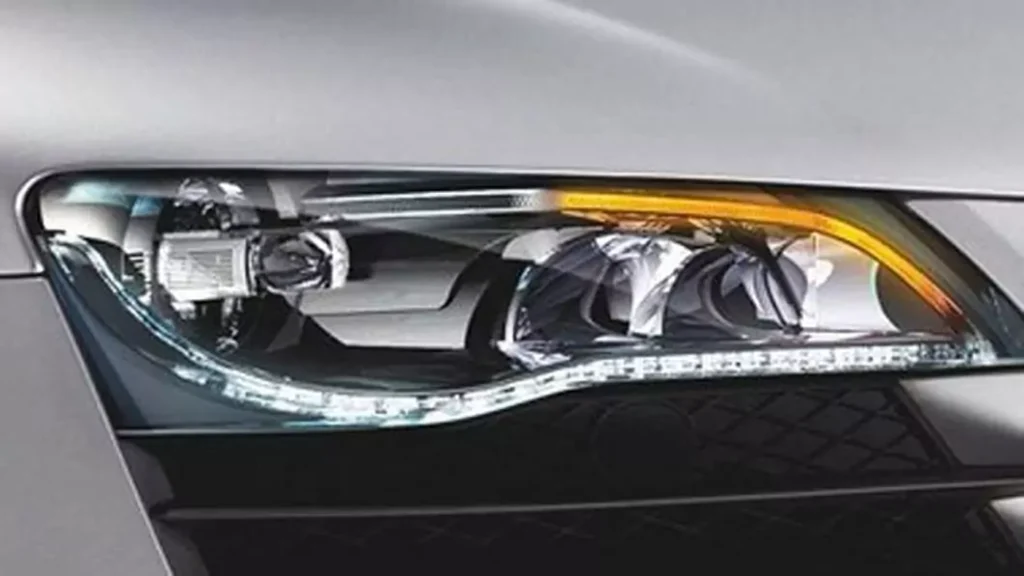
In the past we have talked about LiDAR and its use in auto industry, there are many more examples of optical engineering in the auto industry. One good example are the new adaptive headlights that protect the driver from glare. The US National Highway Traffic Safety Administration (NHTSA) has lifted some of the bans that […]
How Aspheric and Freeform lenses work
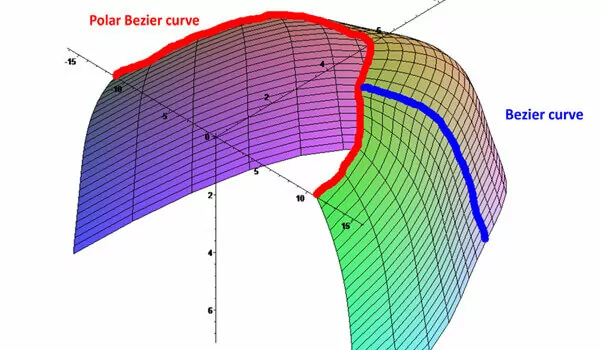
A key aspect of an optical product development is the creation of a quality optical system design optimized to reduce aberrations and system cost. In an attempt to reach a balance between cost and performance, optical designers have created lenses with different shapes that help reduce aberrations. Traditionally, optical elements have radial symmetry: they are […]
Calcium Fluoride Glass: An Overview
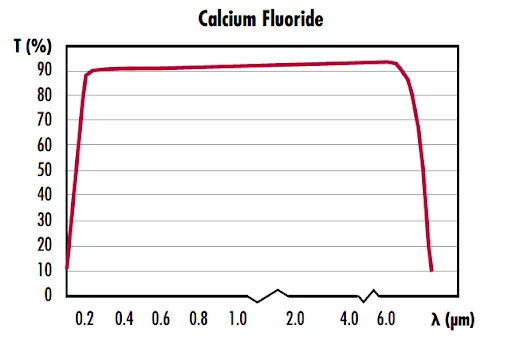
The choice of glass is a fundamental part in the optical design process. This is especially true for IR and thermal optics materials. In this article, we will review Calcium Fluoride (CaF2), an interesting glass that has a wide range of applications. Before we start, let’s look at the transmission window for CaF2 (Figure 1). […]
3 Rules For Plano Convex Lens Design
Plano convex lens design is simple compared to many optical systems, but there are fine details that a lens designer needs to pay attention to. Plano convex lenses are lenses with a positive focal length. This is a very common configuration, and a plano convex can be manufactured in different glass types, with different coatings, […]
Light Source Safety Calculator
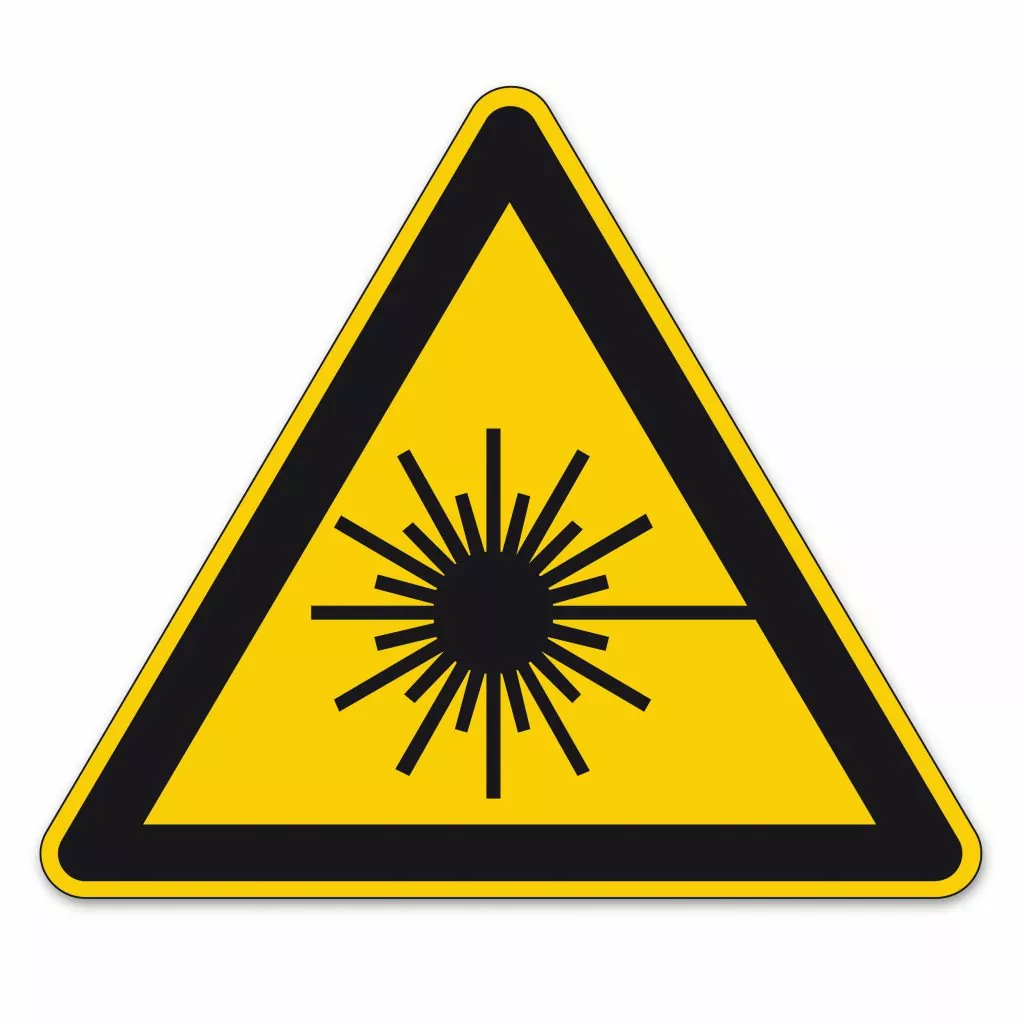
One important aspect of any design is user safety. This is especially important when using light sources like lasers and LEDs that may be observed by the naked eye. Disregarding safety can lead to product recalls, lawsuits, and harm to users. To protect users, a number of standards related to light and eye safety have […]